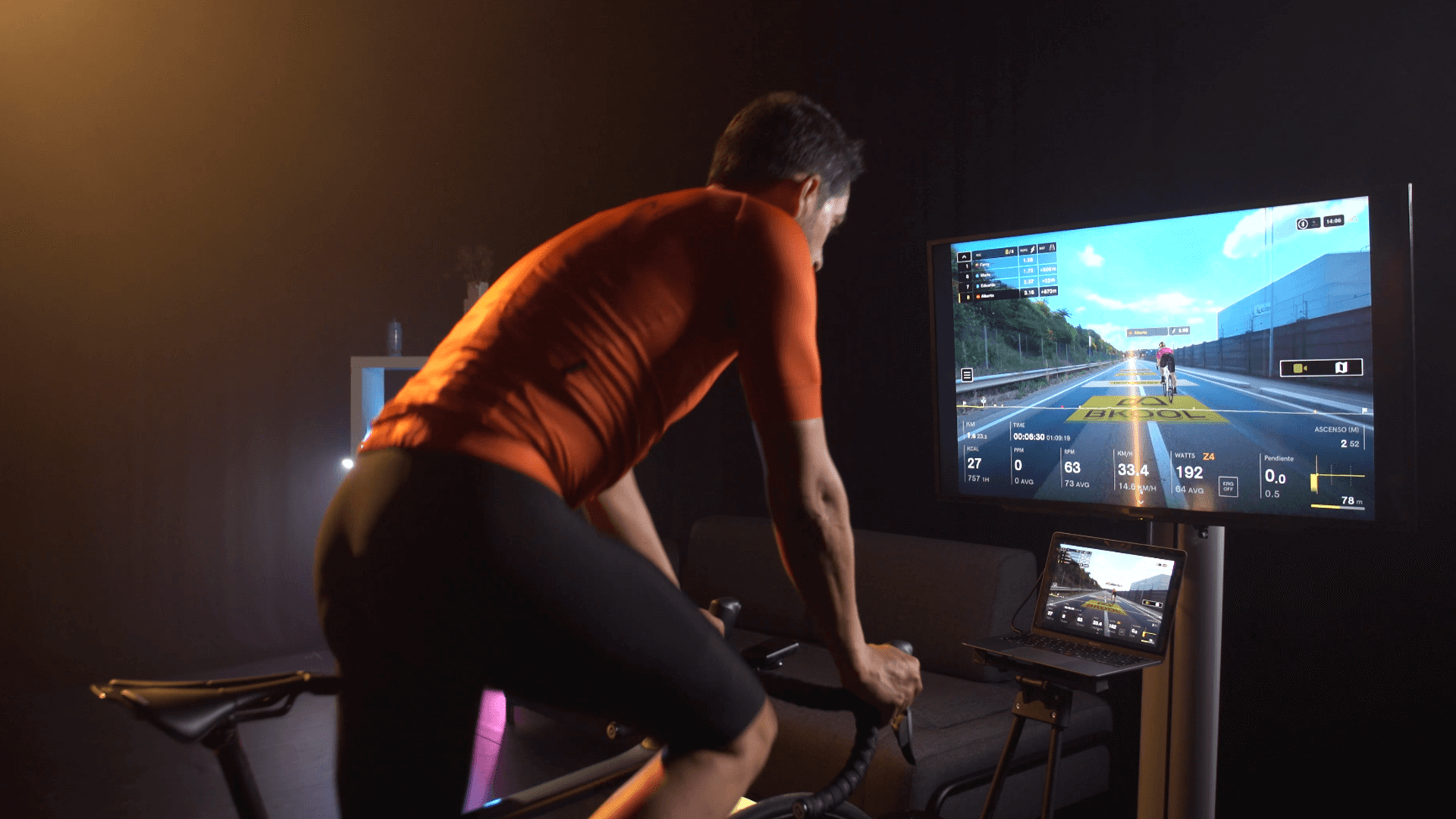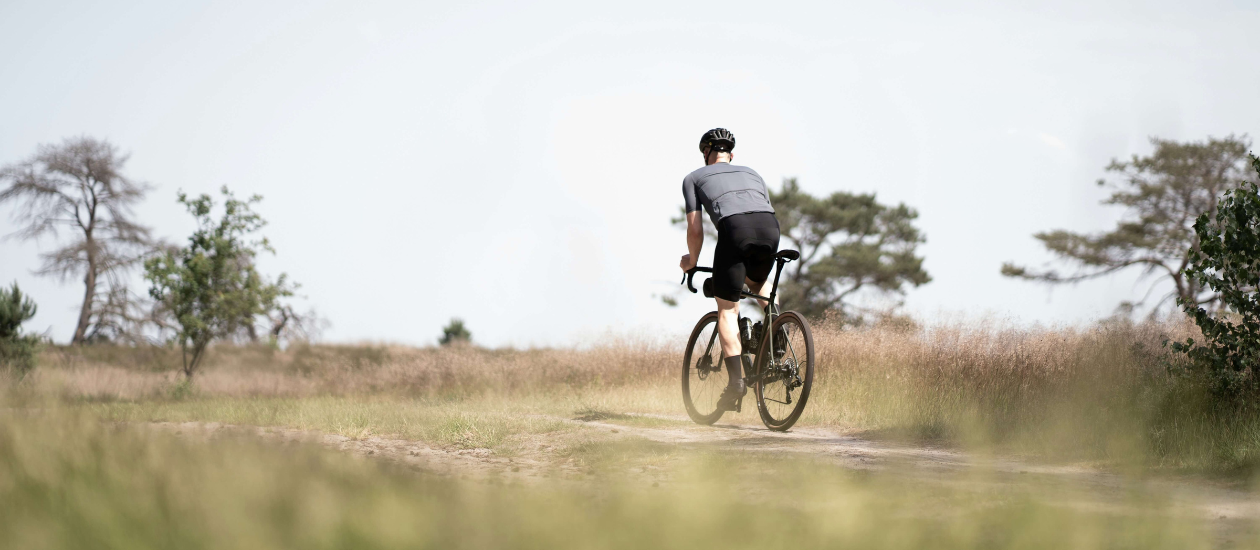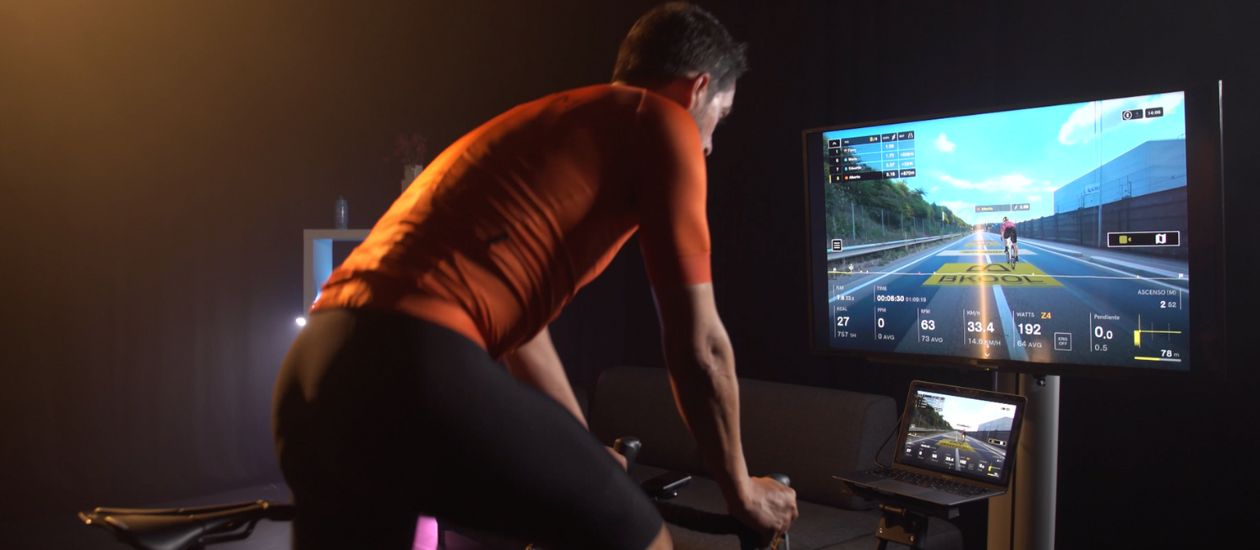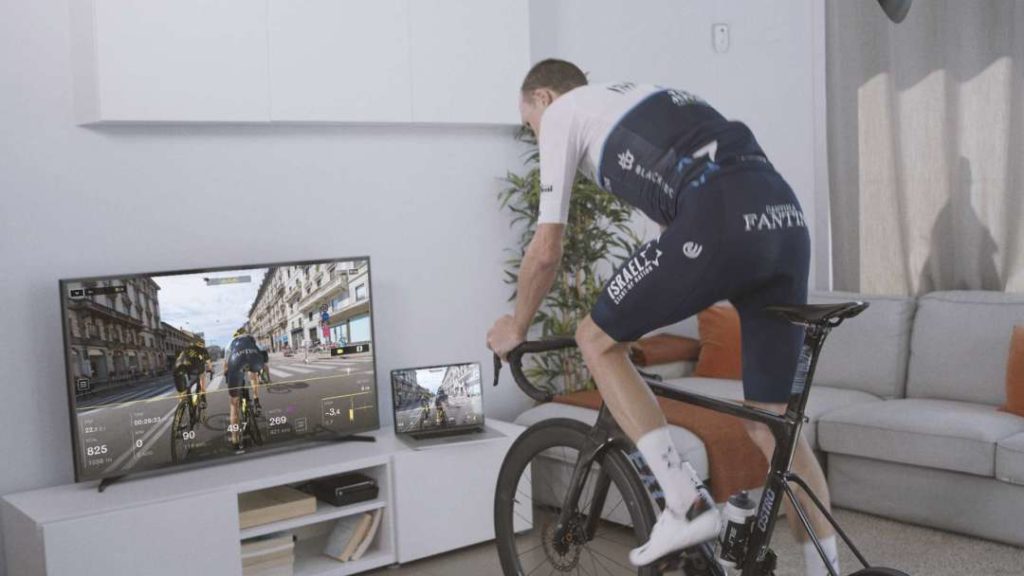Sprinting is one of the most spectacular and demanding skills in cycling. That burst of speed and power in the final meters of a race — or during an intense workout — can be the difference between hitting a new personal best or ending with the feeling of “almost made it.” Whether you’re riding at home on your trainer or out on the road with your usual group, learning to improve your sprint is an effective way to take your performance to the next level.
In this article, we’ll show you how to develop better indoor and outdoor cycling sprinting capacity, with practical tips, specific training, and key recovery strategies you shouldn’t overlook.
What is sprinting in cycling and why is it important?

Sprinting in cycling means pedaling at your absolute maximum for a very short duration, typically between 10 and 30 seconds. It’s an anaerobic effort, relying primarily on explosive strength, coordination, and technique. While often associated with professionals or competitions, any cyclist can benefit from sprint training: it boosts overall power, breaks the monotony of regular training, and provides an excellent stimulus for the nervous and cardiovascular systems.
Moreover, developing a good indoor or outdoor cycling sprint will not only make you faster, but also more efficient, more resilient, and stronger when tackling climbs, pace changes, or surges in group rides.
Differences between indoor and outdoor cycling sprints

While the goal remains the same, training conditions vary depending on whether you’re riding indoors or outdoors.
- Indoor cycling sprints: When training on a smart trainer or stationary bike, you can control all variables: cadence, resistance, duration, and even the environment (temperature, music, distractions). This allows for highly specific training, focused on pedaling technique and power development. Many cyclists use platforms like Zwift or TrainerRoad to simulate sprint scenarios and track their progress.
- Outdoor cycling sprints: Outside, terrain, wind, traffic, and road surface conditions directly affect your sprint. In this context, launch technique, aerodynamic positioning, and effective gear use become more important. Road sprints are great for replicating real situations, like finishing a climb or sprinting to the line in a group finish.
Both modes complement each other. Ideally, combine indoor sprint sessions to work on pure power with outdoor rides to apply that power in real-world scenarios.
How to improve your sprint: tips and training
Whether you’re cycling indoors or outdoors, improving your sprinting ability can be the difference between staying with the pack or crossing the line first. Below are some practical tips to help you develop that final burst of explosiveness:
- Build muscular strength
The foundation of a good sprint is strong muscles, especially in the legs, glutes, and core. Dedicate one or two sessions per week to strength training: squats, lunges, deadlifts, and stability exercises will be your allies. - Train with short, intense intervals
Include sets of 10 to 20 seconds at maximum effort in your routine, followed by full recovery (1 to 2 minutes). For example:- 6 x 15-second sprints / 2 minutes easy
- 4 x 10 seconds uphill / 3 minutes recovery
- Improve cadence and pedaling technique
An effective sprint is not just about strength, but also technique. Practice maintaining a high cadence (100-120 rpm) during sprints without losing control or efficiency. Indoors, you can use trainer metrics to track your progress. - Manage your recovery
Sprinting is very demanding on the nervous system. Don’t train it every day. One or two sessions per week are enough if done correctly. Make sure to sleep well, stay hydrated, and eat properly to allow your body to absorb the training. - Use cross-training for support
Activities like hill running, swimming, or even plyometric exercises can help you gain explosiveness and vary the stimulus without overloading your cycling workouts.
Conclusion
Whether you prefer the trainer or the road, improving your sprint in cycling is possible with consistency and a solid strategy. Alternating between indoor and outdoor sprint sessions will help you progress faster, adapt to different scenarios, and stay motivated year-round.
You don’t need to be a pro to enjoy the powerful feeling of a great sprint. Add it to your workouts and you’ll see your performance, confidence, and enjoyment as a cyclist soar.
With well-designed sessions, clear goals, and by listening to your body, you can gain power and explosiveness without compromising recovery. The best part is, you won’t just see the improvement in your numbers—you’ll also feel stronger, more agile, and more motivated to push yourself every time you ride.
BKOOL is the most complete cycling simulator on the market, try it FREE for 7 days!
 Go to BKOOL
Go to BKOOL





